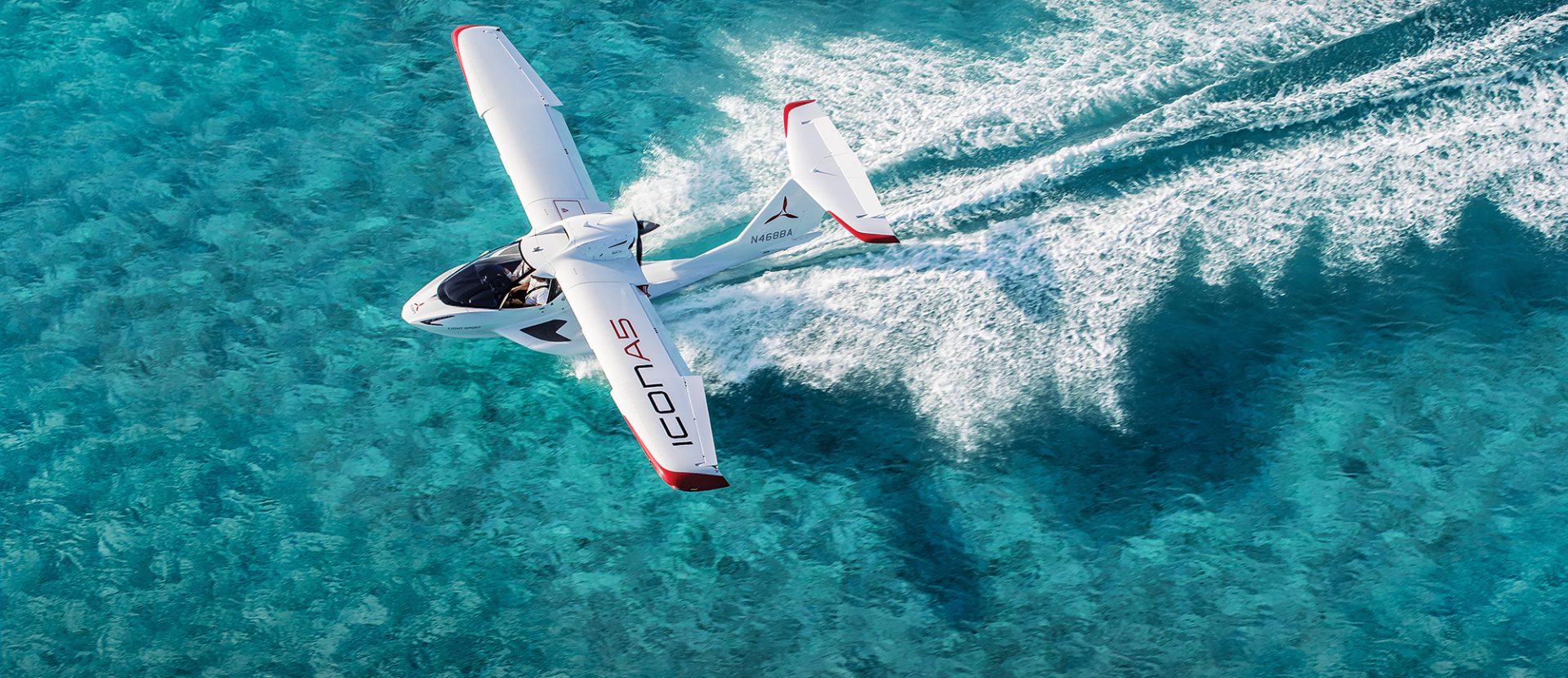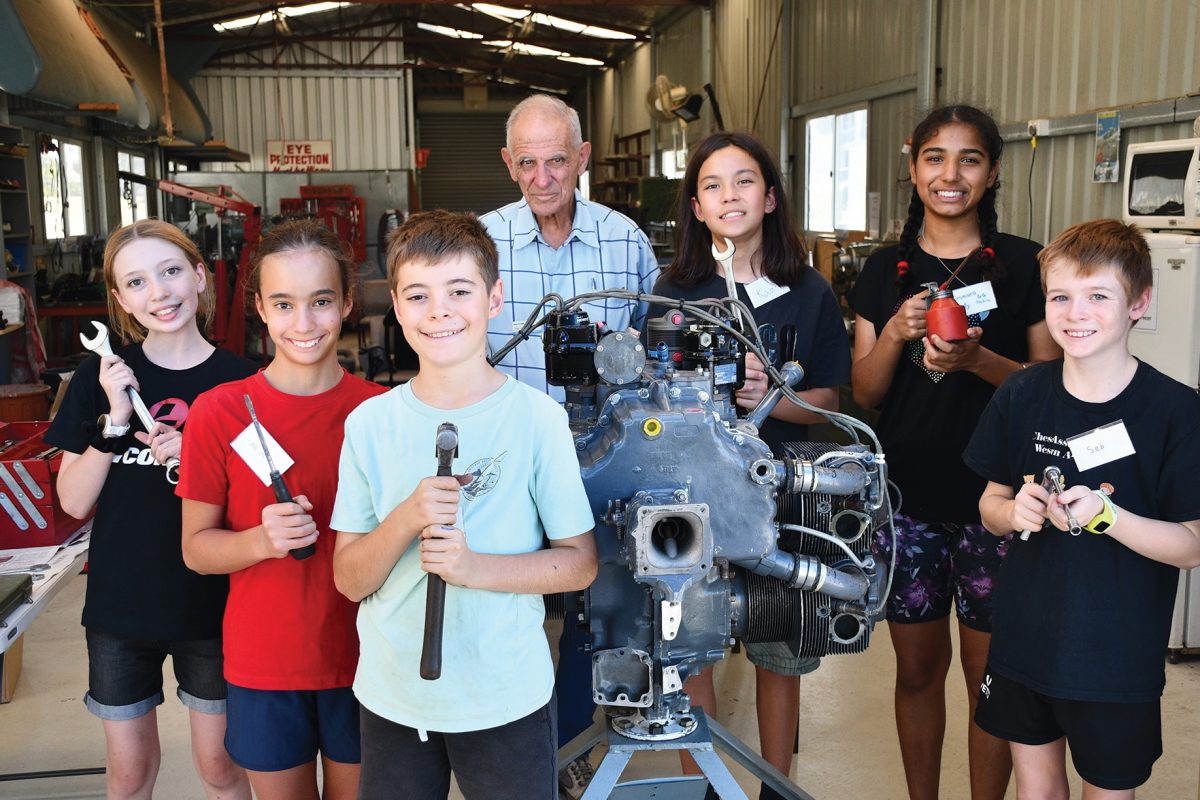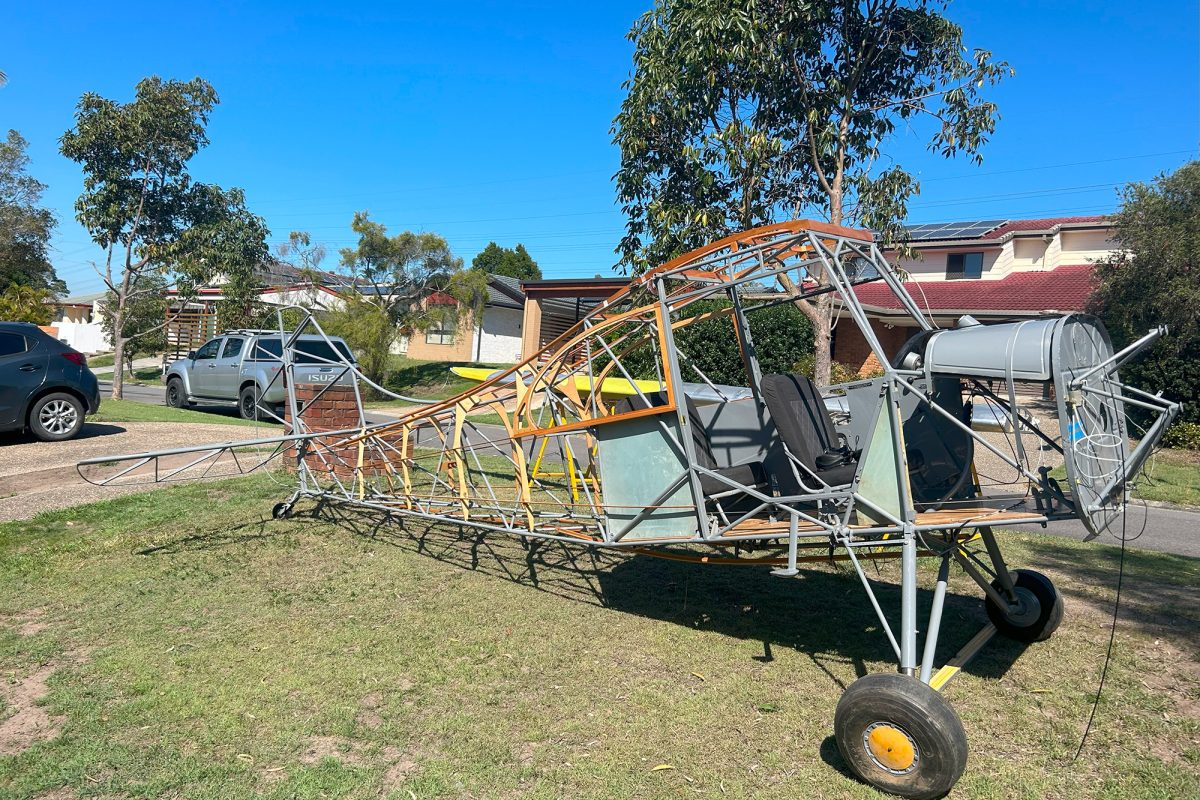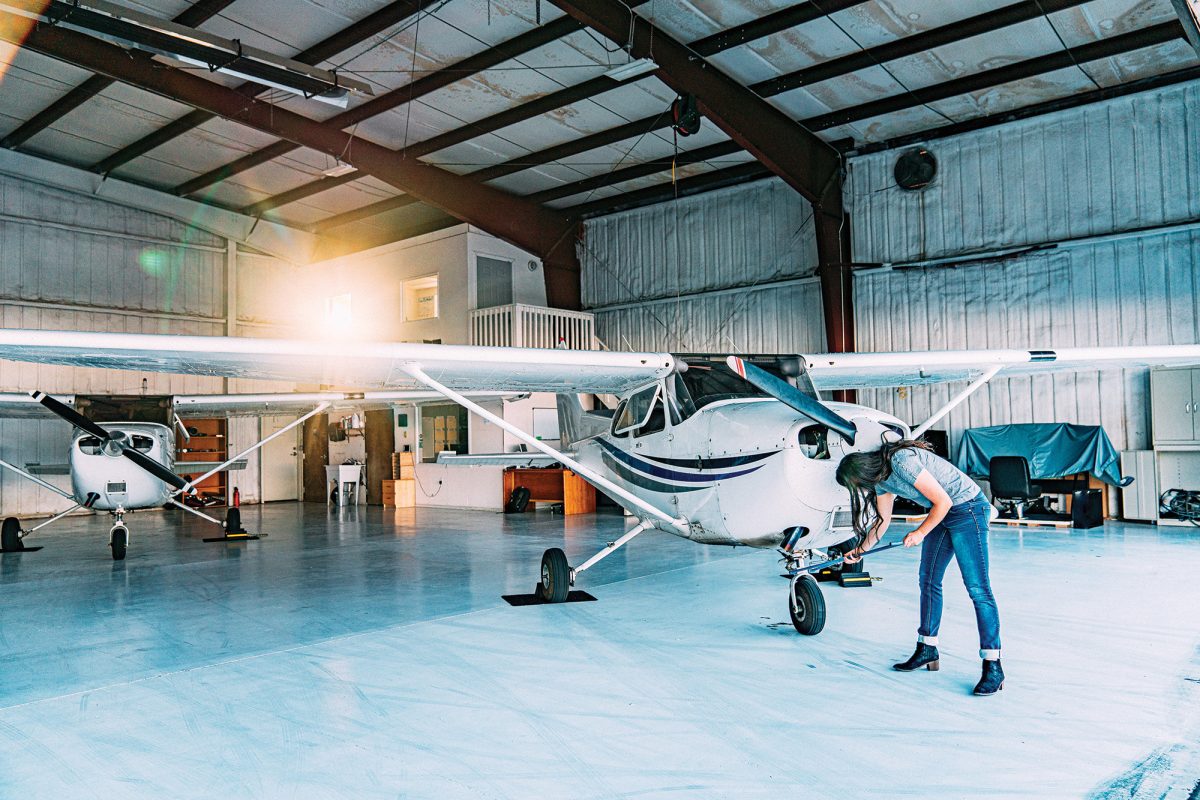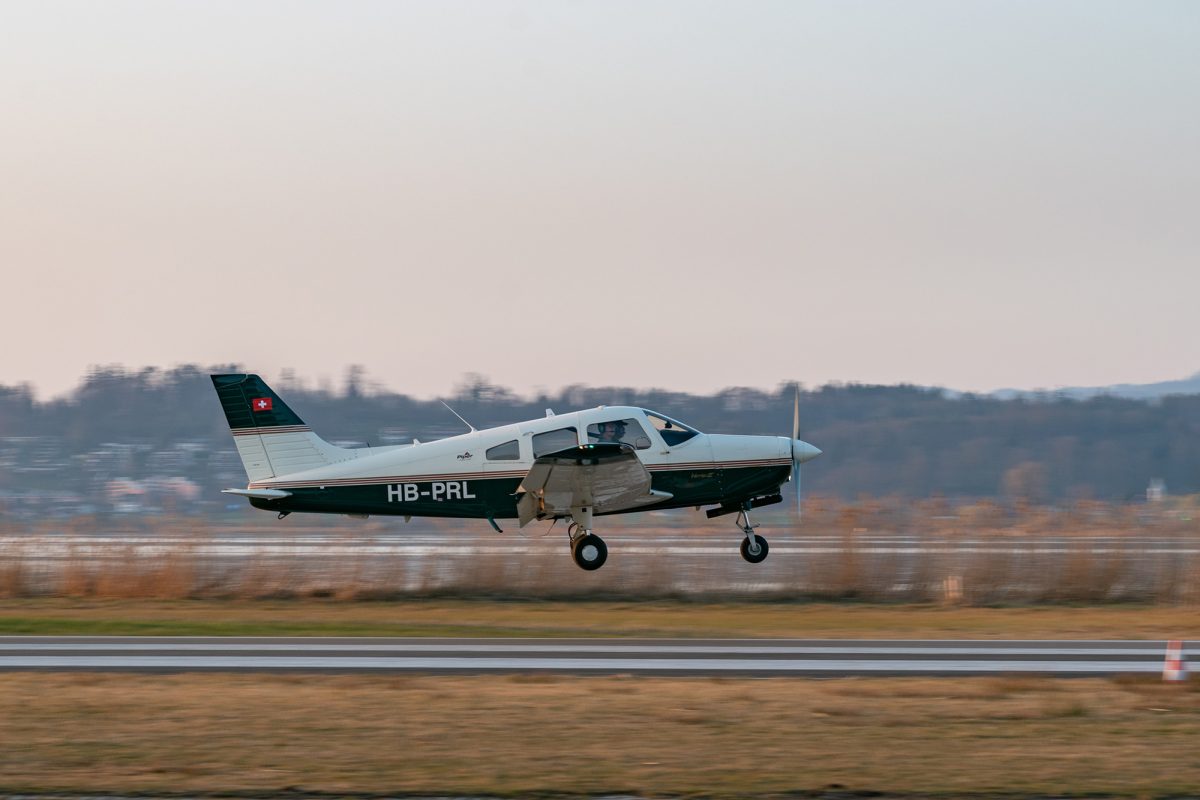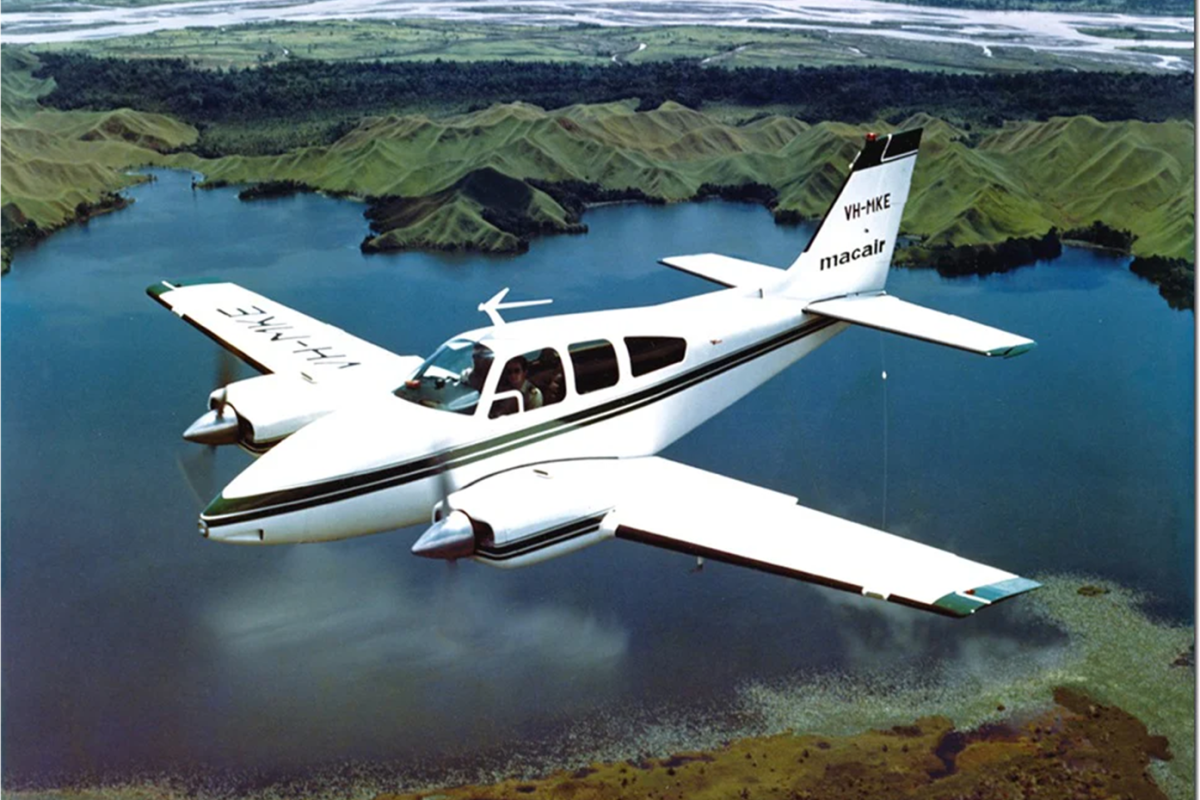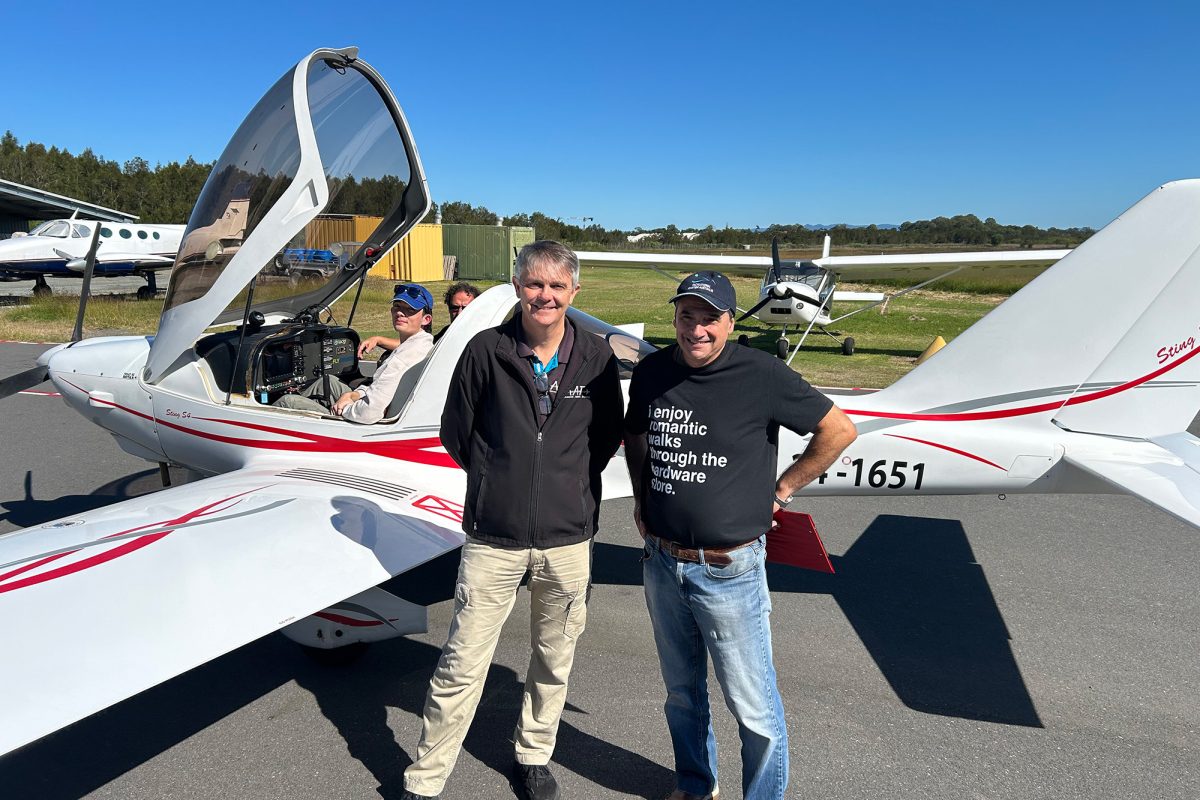No category of aircraft, in the graveyard of failed designs, features more prominently than flying boats.
Positioning the engine to eliminate or minimise exposure to spray, while being able to control pitch with power changes, is just one of the challenges faced by designers that is absent in conventional aircraft. Another challenge, again peculiar to water aircraft, is designing a sufficiently strong hull that is both hydrodynamically and aeronautically adequate for the task. Lateral stability on water also needs to be addressed. This is usually achieved with wingtip floats or sponsons, positioned so that the wing tips remain clear of the water when manoeuvring. Complicating matters further is the need to correctly balance the centre of buoyancy with the centre of pressure to allow safe operation on water. No wonder that there has been such an attrition rate of flying boat designs.
In recent times, the design of small flying boats has greatly improved. The launch of the SeaRey saw a huge boost in the category’s popularity. With a fibreglass hull, fabric wings and availability in kit form, it initiated a new epoch of flying boats. The SeaRey’s design has continued to evolve, becoming a much more sophisticated aircraft. The consistent growth in popularity speaks volumes for its fundamental qualities I owned an early SeaRey for a number of years and even that early design was a quantum leap forward from any other amphibian available in kit or plans at the time.
Apart from the SeaRey, I have flown the Aventura II, Colyaer Freedom, Lake LA-4-200, Super Petrel 100, and Super Petrel LSA. I have not flown the SeaMax, but have had extensive discussions with an owner and from those discussions, it seems no more or less remarkable than other aircraft in the same category.
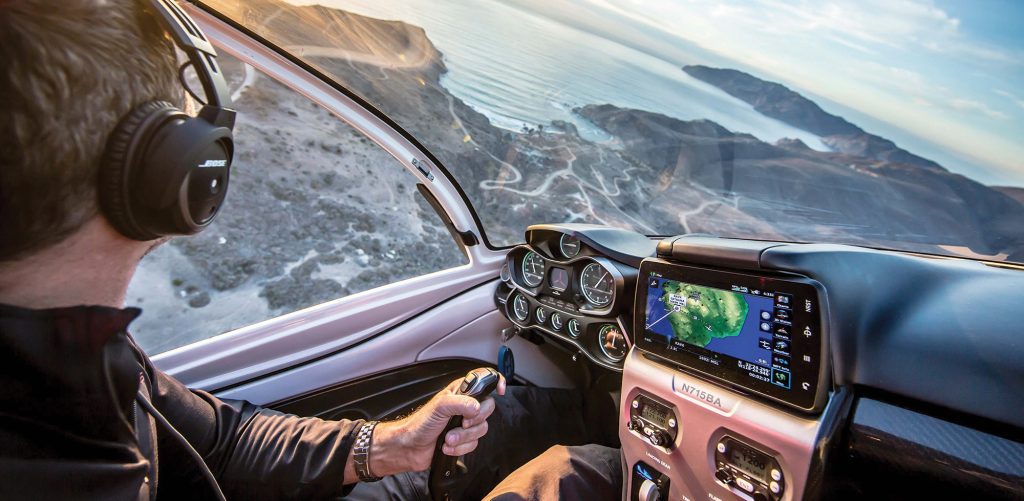
There remained the Icon A5.
The A5 had a prolonged and difficult gestation. Development seemed to go on forever, and with the significantly escalating anticipated purchase price, mounting frustration was suffered by those who had paid a deposit. Naturally, the aviation press was unrestrained in its use of superlatives. Nevertheless, Icon’s marketing department remained cheerful, positive and upbeat, so much so that the commonly held view was that if the design department was half as skilful as the marketing department, Icon was onto a world-beater.
To see for myself, I visited Icon’s base in Tampa, Florida in early November, where I undertook a conversion course. I found the aircraft to be truly remarkable and significantly superior to any other I had flown in the same category.
The quality of the training offered by Icon matches that of its product. Although the principal market is in the US, I was readily accommodated in the training regime. I was given access online to extensive material to prepare for the two-day course.
Three standard courses are on offer at the Tampa base. A Flight Experience which ranges from half-day to several-day options. The second, the TX-L course is designed to enable qualified pilots to transition to the Icon and add the ‘LSA Sea’ endorsement to their land qualification. The course duration is four days. Finally, there is the TX-S course for qualified seaplane pilots. It is essentially a conversion course over two days of theory and flight instruction. Incidentally, in the US, there are not separate endorsements for floats and floating hulls. One endorsement covers both.
There are Icon training partners in the US which offer ab initio training for the ‘Sport Pilot’ and ‘Private Pilot’ licence as well, but the Tampa base focuses on new and potentially new owners, instructor training, and transition training.
The Icon Tampa base is ideally located. Most of Florida is not higher than 25ft AMSL, and is teeming with lakes and waterways suitable for seaplane operations. Weather is generally ideal and the huge Tampa Bay is almost twenty times the size of Sydney Harbour. Although the course occupied only two days, I stayed in Tampa for five, and on every day the weather and water conditions were ideal.
The area is steeped in aviation and maritime tradition. The world’s first heavier-than-air airline service was operated by a two-seat Benoist flying boat from nearby St. Petersburg to Tampa in 1914. The Peter O’Knight airport, where Icon is based, is on the fringe of busy shipping lanes. The AWOS, equivalent to our ATIS, exhorts pilots to watch out for and give way to shipping in the shipping channels, one of which lies just off the end of runways 36 and “4” (no zero). I thought it probably unnecessary to advise pilots that no happy outcome was to be expected if they did not plan to avoid a Carnival-sized cruise ship on climb-out.
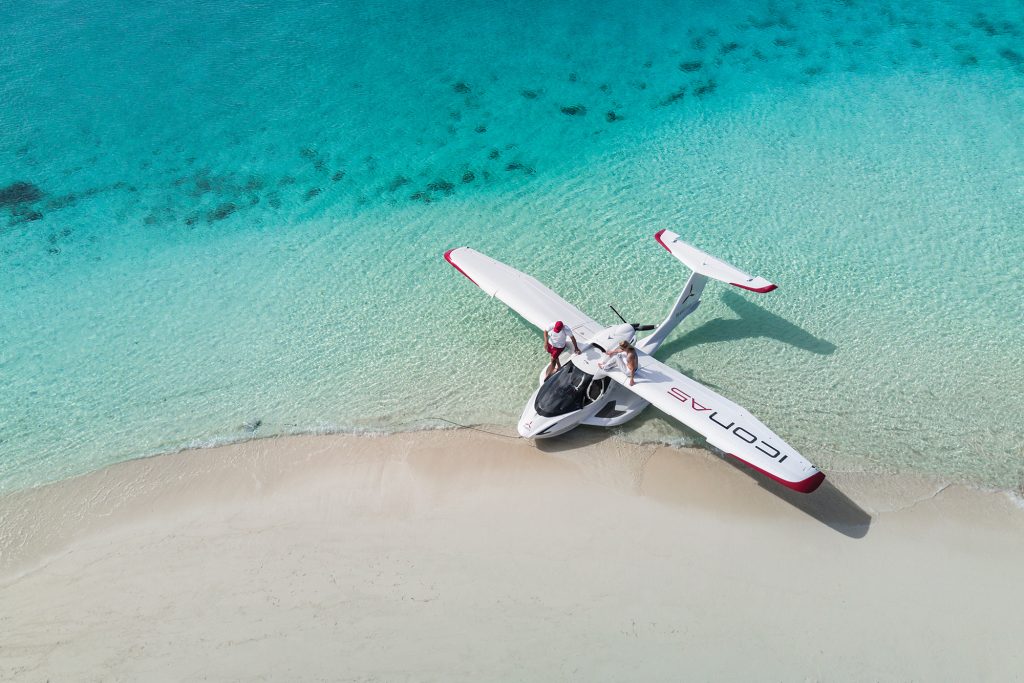
After a comprehensive ground briefing by CFI Sean Stamps, I was assigned to Andy Jackson for the balance of theory and flight training. Although essentially a recreational pilot, I have acquired most of the available ‘gongs’ over many years flying, including an ATPL, Multi-Engine Instrument Rating, Grade 2 GA Instructor Rating, and RAAus CFI Approval. My bank account and I have had quite a bit of exposure to ground and flying instruction, delivered by many flying schools over the years. The quality of ground and flying training offered by Icon was second to none. The atmosphere was utterly professional, yet relaxed and genial. The curriculum was superbly structured both as to content and delivery. Andy Jackson has 20 years in the military, flying huge tankers as well as instructing. He has around 1000 hours on the Icon.
The initial walk-around suggested that the lengthy development period was justified. The optimal aircraft design was aspired to before a commitment to manufacture, a fact reflected in little change having been made in the aircraft since manufacture commenced. I recall inspecting mock-ups at Oshkosh over the years of design development and seeing proposals for incorporation into the design which were abandoned. A couple of examples were a powered wing-folding mechanism and unusual-looking propeller safety guide.
The first impression was of quality and attention to detail in construction. The design is innovative with a simple and quick one-person wing folding mechanism, along with the tips of the horizontal stabilizer being easily removed for transport. The advantages of the wing folding mechanism were evident when I looked into the Icon hangar and saw that close to four aircraft can be accommodated in the space taken by one aircraft with its wings spread.
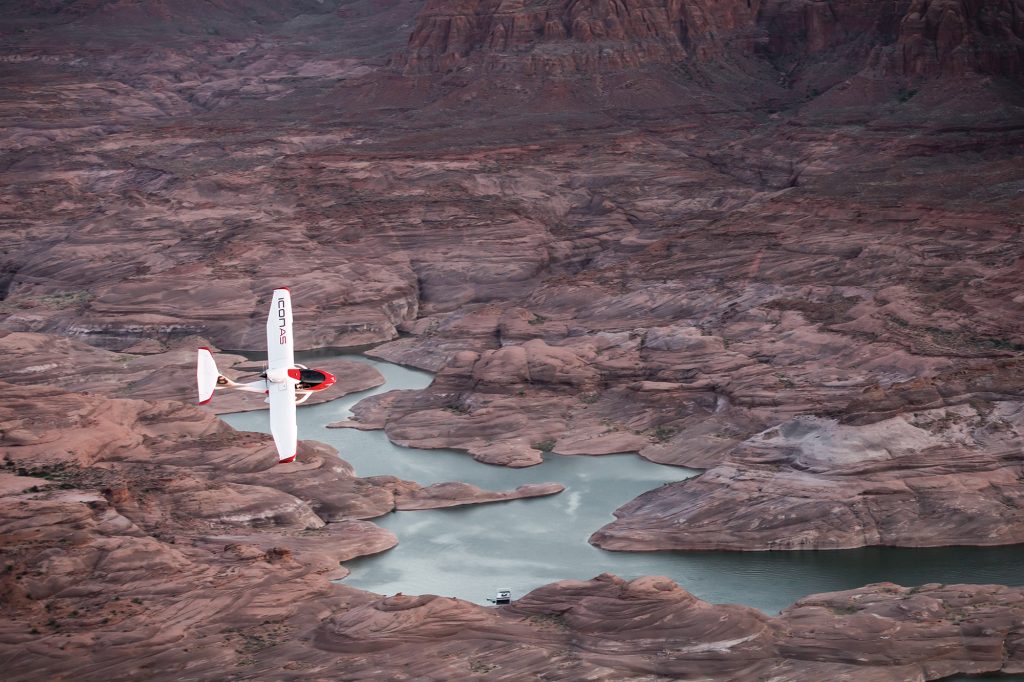
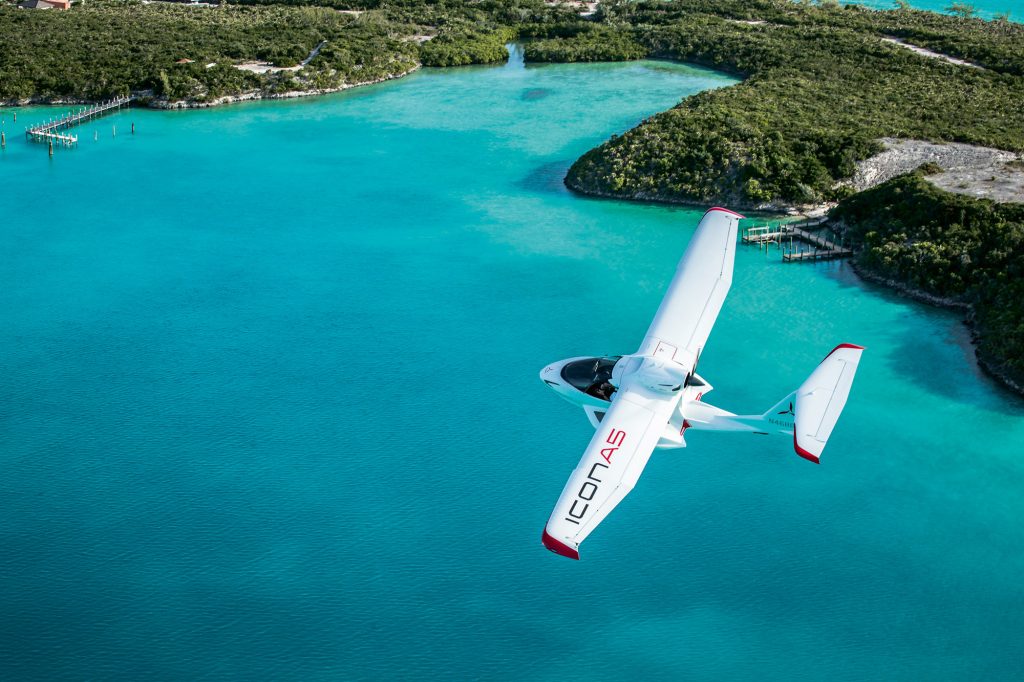
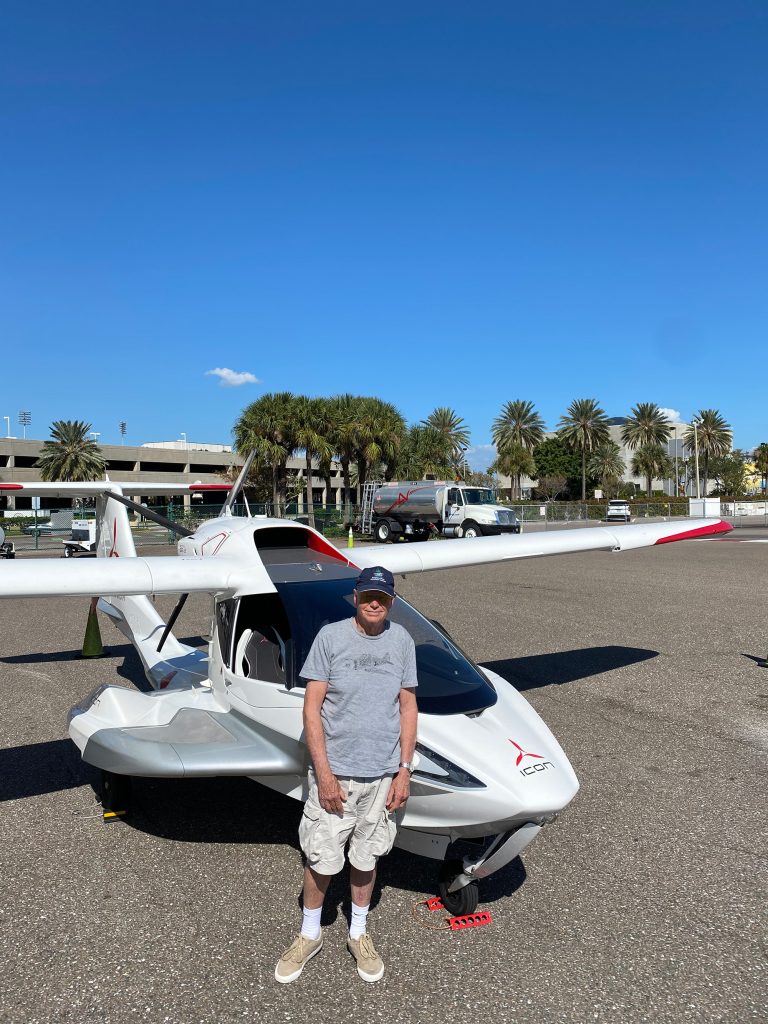
The cockpit design is both ergonomically and functionally ideal, particularly the seats which are probably the most comfortable of any light aircraft I have flown. Despite (or perhaps because of) the fact that the layout of the instrument panel is said to have been designed to reflect that of a sports car, it works very well. Everything is where it should be and an annunciator panel with lights indicates any specific engine or fuel problem, incipient or actual.
One of the innovations is an angle of attack indicator which I regarded with some scepticism when I read about it, but it seems to work well. It is, in effect, a gauge to indicate how hard the wing is working and how much ‘energy’ is in reserve. The needle range flow is from green to yellow and finally red. The pilot configures the power, pitch and roll so that the indicator needle is placed on the white line located in the middle of the green, safe energy range to achieve best climb rate, best range cruise, best angle of glide or normal approach angle of attack, as the case may be. The glassy water landing technique requires the needle to be just into the yellow. Its position reflects pitch, airspeed, and rate of descent for such a landing, augmenting the airspeed indicator and the VSI. Holding a rate of descent of the typical 100-150ft/min can be a challenge in most aircraft, especially in other-than-calm conditions. The A.O.A indicator gives a more easily monitored trend indication without the need to carefully watch and collate the indications of two separate instruments.
A criticism of the panel is the altimeter which has only one hand. It works well enough and there is the GPS-derived altitude available, but its precision is not as great as the two-handed instruments. The undercarriage has a couple of features which could be improved on, and for an aircraft of this price, it is unfortunate that they exist. There is no “fail safe” system, if the gear lever is accidentally raised or the master turned on with the gear lever in the “up” position while the aircraft is on the ground, trouble could ensue. There is also no emergency gear lowering mechanism, so that if the battery power falls below a certain level, the undercarriage may not extend or fully extend. The potential for this problem to arise is largely overcome by the indications on the annunciator panel. If the battery warning light illuminates, the protocol is to lower the undercarriage.
The useful load of about 430lbs (195kg), although somewhat on the light side at first glance, is competitive with some other identically powered lighter amphibious flying boats. The aircraft is not intended as a cross-country machine. With two on board, fuel was limited to around a half-tank. However, by LSA amphibian standards, this is fairly typical. Despite the fact that we were near gross, the aircraft performed very well both on and off the water with a respectable climb and cruise performance.
Icon emphasises the benign stall characteristics of the aircraft and the claims are justified. Stall entry is a very gentle transition and the aircraft can be banked up to about 30 degrees when stalled while under full control. An audible stall warning device is fitted.
Controls are light yet the aircraft has the momentum not associated with LSA aircraft which allows for a smooth and seamless transition to land or water. The capacity for steep turns, guided by the AOA indicator is astonishing. On the water, the efficient hull design is apparent. “Steep” water turns on the step are impressive, with little difficulty in keeping the wing tips clear. Apart from the lightness of controls, the overall handling characteristics are those of a heavier aircraft. Gross pitch changes with sudden applications or reductions in power are absent.
Overall, a docile, exciting machine with no vices, at least none which declared themselves in the “very extensive workout it had during my training; one which amply demonstrated the strength of the aircraft and its components. The aircraft is complex, and I suspect that will be reflected in maintenance costs. If the very comprehensive and thoughtful design process reflects the maintenance regime, the cost should be no more than of other aircraft of similar sophistication.
NOTE: While classified as an LSA by the FAA in the US, the Icon A5 has not been approved by CASA and is not currently registerable in Australia.
